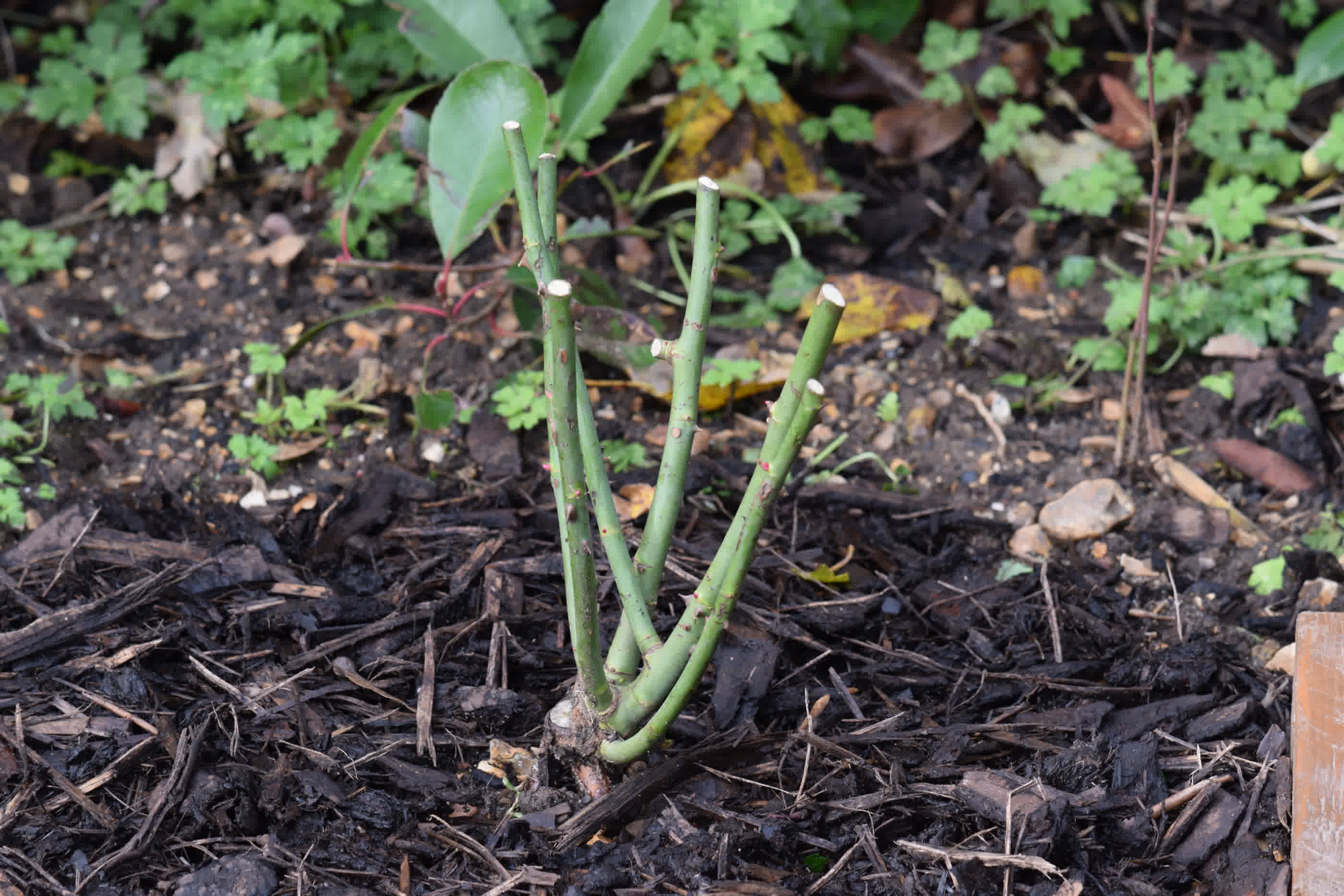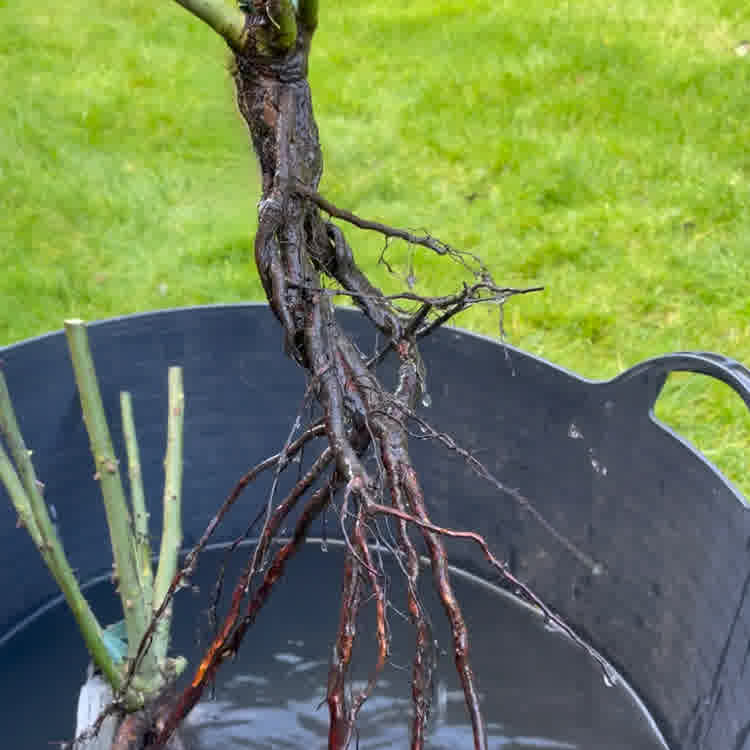
Bare Root Roses
Roses have long been a garden staple due to their familiarity, beauty and fragrance. In this blog post, I'll detail the steps to planting bare-root roses for a blooming success.
What are bare root roses?

Bare root roses are dormant, unpot-bound rose plants sold without soil or containers.
These plants are essentially rose bushes with their roots exposed, wrapped in moist packing material to keep them healthy during transport and storage.
Unlike potted roses, which are actively growing, bare-root roses are in a state of dormancy, making them ideal for transplanting.
When to Plant Bare Root Roses?

Bare-root roses become available from late autumn to early spring while the plants are dormant. This period varies depending on your climate and local weather conditions but usually falls between November and April.
Planting during dormancy allows the roses to establish their root systems before the growing season, ensuring better growth and an abundance of blooms.
How to Plant Bare Root Roses?

Planting bare-root roses may seem intimidating, but with a little preparation and care, it's a straightforward process. Here's a step-by-step guide to help you get started:
Choose the best spot for your rose.
Most roses thrive in full sun, so choose a location that receives at least 6 hours of direct sunlight each day. However, some rose varieties can tolerate shade better than others, so check your rose variety, as you may get away with a slightly shader spot.
Most soil types will do, however, ensure the soil is well-draining and the ground does not become waterlogged during the winter months.
Good air circulation is also beneficial to give your plants the best environment to ward off diseases.
Soak the roots of your rose.
Before planting, soak the roots of your rose in water for several hours. This will ensure the plant becomes well-hydrated.
Fill a container, such as a bucket or wheelbarrow with water and place the rose into the water just below the union (the base of the plant where the roots and canes meet). This should ensure all the roots are submerged.
Plant your rose
Dig a hole large enough to cater for the root system. The hole should be deep enough that the union sits just below the surface, about 1 - 2 inches. You can lay a cane across the hole and hold the plant in the hole to gauge the correct depth.
Once the hole is dug, place the rose in the hole and generously sprinkle mycorrhizal fungi directly onto the roots of the rose. These beneficial fungi aid the plant by exchanging water and nutrients found in the soil for sugars from the plant.
Now it's time to backfill the hole. Mix some well-rotted organic matter into the excavated soil in equal parts and backfill the soil. Then, using your hand or foot, firm the soil around the rose.
Once backfilled, add a 1 - 2 inch layer of mulch around the rose. This layer of mulch will help retain moisture.
Finally, give your newly planted rose a good watering.
Ongoing care
Once your bare-root rose is planted, it shouldn't require much from you. As long as the soil stays moist, the plant can mostly be left to its own accord to develop its root system. And since you will typically plant your rose during the wetter months of the year, you should get away with minimal watering... weather dependent.
You should begin to see new growth forming around 4-6 weeks.
Summary
Planting bare-root roses may require some initial effort, but the results are well worth it.
These dormant plants have the potential to flourish into stunning rose bushes with proper care. With the right site selection, soil preparation, and ongoing care, you can look forward to enjoying a garden filled with stunning roses.
So, roll up your sleeves and get ready to cultivate your very own rose garden – it's a rewarding journey of growth and beauty.
I've put together a video of me planting a bare-root rose. Be sure to check it out and like and subscribe for more content on all things gardening.





